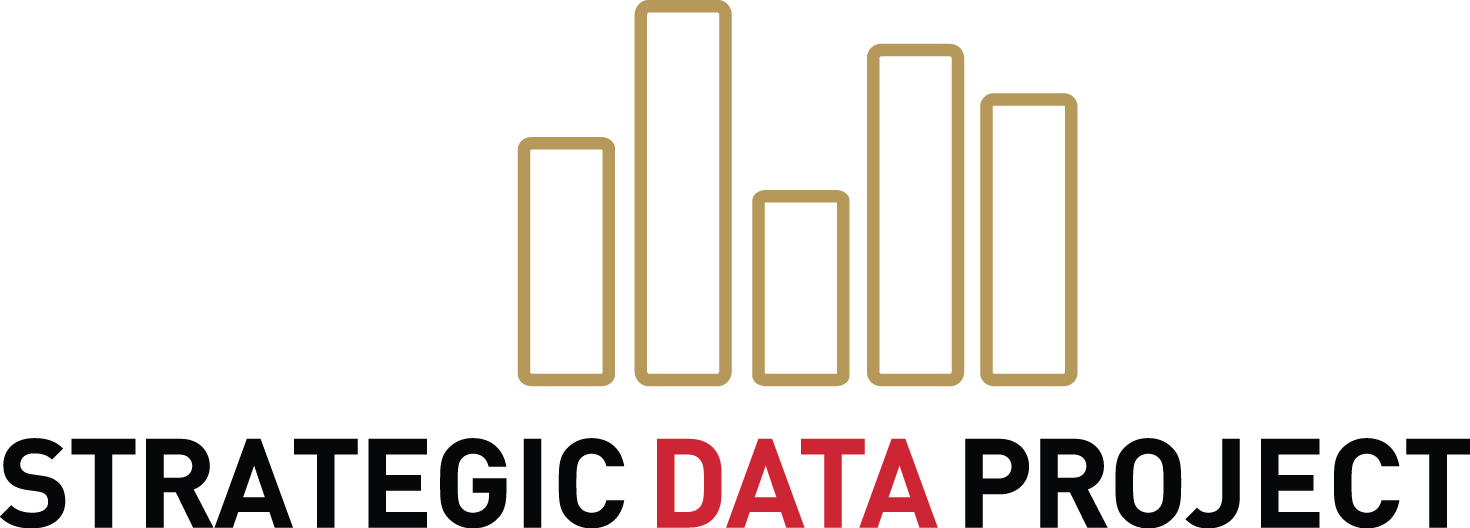
“Relationships, especially for marginalized students—students of color, students who have a history of poverty, or who have experienced other challenges—are really crucial to their school experiences and central to their being able to succeed.”
After Hurricane Katrina devastated New Orleans in August 2005, schools throughout Orleans Parish were closed for months. And in the 17 years since, city residents, researchers, and historians have struggled to track exactly which schools were reopened, reorganized, or closed forever, hampering efforts to measure the impacts of school transitions on New Orleans students.
A robust new public resource is designed to fill in the blanks. The New Orleans Public School Archive establishes a comprehensive clearinghouse of school enrollment and performance data dating back to 2005. It was created by SDP Fellow Arpi Karapetyan during her time as a fellow with the Cowen Institute at Tulane University. Archive users can view data dashboards for charter-management organizations, which include performance and student characteristics, as well as Tableau maps that show which schools were open each year, based on state and city records, archival research, and manual data entry.
“This will allow the public to answer really basic questions about who has operated schools, how many schools have they operated, how many students have they served, and what happened to them,” said Karapetyan. “Right now, those questions are impossible to answer.”
After Katrina, a Market-Based System Takes Root
Today, essentially all New Orleans public schools are charter schools. They are authorized and overseen by the Orleans Parish School Board and the state department of education; in years past, the statewide Recovery School District also authorized and oversaw New Orleans schools. These authorizers worked independently of one another and maintained separate data systems. Over the years, many schools were opened and then closed for poor performance. Others moved buildings, changed from traditional public to charter schools, changed names, or changed charter management organizations and authorizers.
Karapetyan started this project with a broad question: how had multiple school closures affected New Orleans students’ social and emotional health and development? While research had found academic benefits for New Orleans students who experienced school closures and takeovers between 2008 and 2014, no study had looked at the social and emotional impacts of school transitions in the city. Studies focused elsewhere have found negative impacts on student attendance and behavior based on school closures. To weigh how school reorganization and transitions had affected New Orleans students, researchers, policymakers, and the public would need to know which schools had been reopened, moved buildings, changed operators, or been closed permanently.
“I believe that relationships, especially for marginalized students—students of color, students who have a history of poverty, or who have experienced other challenges—are really crucial to their school experiences and central to their being able to succeed,” Karapetyan said. “Understanding the impact of closures in New Orleans, with this market-based model, on both academic and social and emotional outcomes is important for research.”
The project combined painstaking research and data-gathering with a philosophical quest to define what makes a school. Is a school that same school if it moves buildings or is run by a different operator? When is a school born anew?
Karapetyan and the team at Cowen Institute spoke with community members and researchers about what they wanted to learn from a future database. Then they gathered what data was available from the state: annual school lists, enrollment records, school performance scores, and a host of school characteristics, including attendance, graduation rates, class sizes, and disciplinary incidents. Across these many datasets, the team looked at school codes and enrollment reports to track constants across closures and renamed schools from one year to the next. They checked their lists of closures, takeovers, and charters against hard-copy annual school guides and city directories, housed at the New Orleans Public Library, to arrive at the most comprehensive list possible.
Empowering the Public, Informing Debate
With the new database, maps, and other publicly available tools, community members, advocates, researchers, and families can gain a fuller understanding of how the city’s market-based public school system has taken shape over time. A centralized public record promotes transparency and ensures a shared set of facts—critical tools in any community, and especially where school management and operations are the subject of controversy and parents are looking to hold decision-makers to account. Leaders and advocates at the system and state level can create and publicize similar tools to promote information sharing and inform public debate.
In New Orleans, Karapetyan hopes the new archive can inform research into the effects of repeated school closures and transitions on students, as well as empower city residents to participate fully in an ongoing conversation about privatization and local control.
“This democratizes information in a way that I believe is crucial,” she said. “In New Orleans, there is a lack of transparency and communication, making it hard for people to participate in evidence-based decision making. Parents, educators, and other people invested in the education system should be able to make their case and should have the data, so they can make arguments rooted in truth. They shouldn’t have to go through old newspaper articles and school guides to do that.”
***
SDP Impact in Focus:
Who: SDP Fellow Arpi Karapetyan, Cowen Institute at Tulane University
Where: New Orleans
What: Cross-referenced state education data and local library records to establish a comprehensive database of all schools in New Orleans, where some 99 percent of all public-school students attend charter schools.
Why: After Hurricane Katrina struck New Orleans in 2005, all public schools were closed for several months and the local school district was dissolved. The state took over most schools, closed about half, and reopened or remanded the rest to charter-management organizations. This destabilizing event and decentralized model destroyed the historical record tracking city schools over time. A new comprehensive database of schools, school closures, and school transitions can democratize data access, contribute to the city’s historical record, and allow researchers to analyze the impacts of school closures and reopenings more completely.
“It’s important to allow the public to understand what’s going on in their city.” – Arpi Karapetyan
